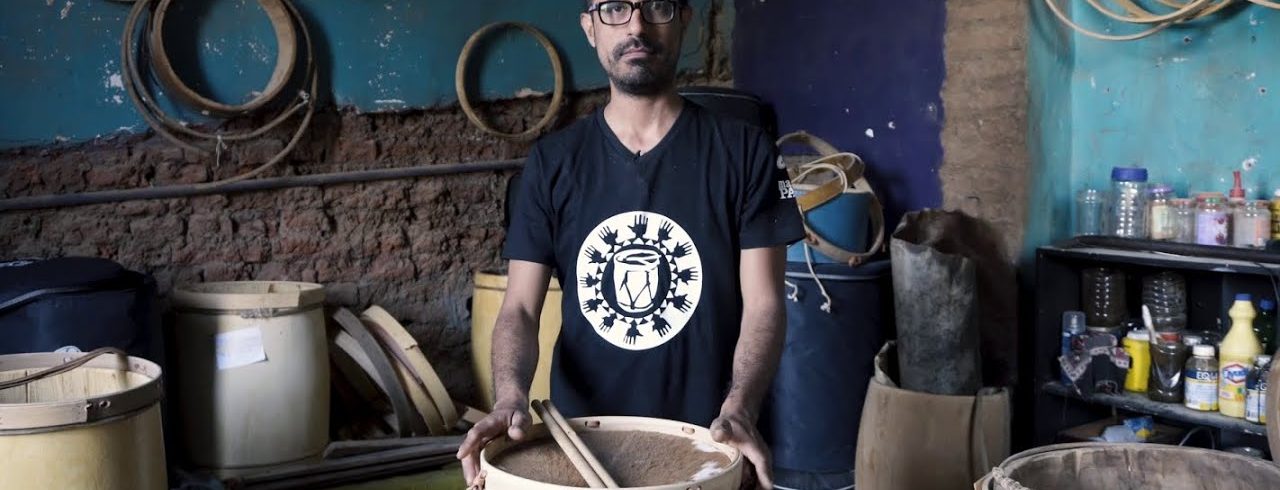In the video, Victor Paz talks about the care to be taken with the bombo legüero, a fundamental instrument in traditional Argentine folklore.
We met Victor Paz a few years ago when we proposed him to market his instruments with Beautifulinstrument.com, the agreement lasted as long as a season of the year, but anyway we keep the best memories of the work done by the Paz family, recognized luthiers of the famous Mario Paz Bombos, tradition and responsible production.
In this case we would like to thank INAMU for giving us access to this tutorial on the care and maintenance of the bombo legüero.
Here are some important recommendations for the care of the BOMBO LEGUERO.
Avoid:
- Expose it to low or high temperatures.
- Leave it exposed to the sun for a long time. Although every now and then it is good to breathe in the sun a little!
- Bring it close to unnatural heaters or temperature controllers, whether air conditioners or stoves. Keep it in a medium climate.
- Support it on the floor.
- Hit the helmet.
When you don’t use it:
- You must keep it in a case. If you don’t have one, it is recommended that you buy one from the market, or if you can’t do something with bags for example, as long as it keeps it dry, protected from insects, humidity, lots of light and bad weather.
When you use it:
- Test the bass drum before using it, if you need to adjust its tuning do so after testing it before you start using it.
- Keep in mind that the heads, being a natural membrane, will vary in sound depending on the climate. It will not sound the same on hot days as on cold days, it will also change on days with high humidity.
Tuning:
- The tuning locks must all be left at the same level and in pairs (opposite) to prevent cross-tensioning of the head.
If the tensioners go down more than half and the bass drum does not sound, you need to do the “general tension” or tuning of the bass drum from the main node by recovering the strap. - Over time the instrument will settle, and constant tunings will no longer be required.
Keep in mind that the heads, being a natural membrane, will vary the sound depending on the weather, it will not sound the same on hot days as on cold days, it will also change on days with high humidity.
Necessary care:
- On a nice day, take it out into the air, leaving it lying down so that it loses moisture and the patches breathe.
Use it frequently. Remember that musical instruments are made to be used! - All they want is for us to touch them!
- Place some moth repellent inside its cover, it can be lavender flowers or mothballs. Or some aerosol anti-moth, applied both in patches and inside the hole of the helmet (hole generally located in the center of the helmet).
- Use it relatively frequently, at least once a week otherwise moths may get into it.
- If it is not going to be used for a long time, apply an aerosol anti-moth spray, both in patches and through the hole in the helmet.
Over time:
- Naturally, except for the shell (unless it breaks due to a blow, and in any case, even a broken shell can be repaired), the rest of the components of the bass drum will no longer be useful and you will have to replace them. For example:
- When the patches are no longer hairy and sound like a tin, they should be changed.
- When the sole with which the strap is made is too hard (dark,) it must be changed,
The rings are very resistant but due to a fall they can break and in that case they must be replaced.
LEGÜERO BUMBO: TUNING – TENSIONING – ADJUSTMENT – CARE
About the tuning of the Bombo legüero






Add comment